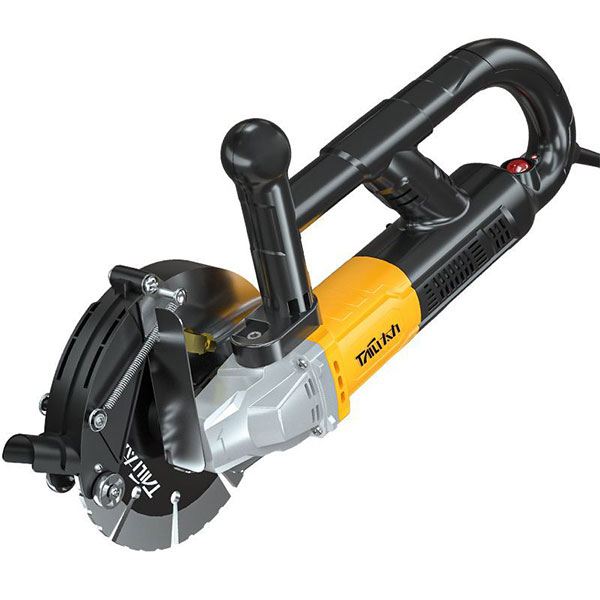
From rough metal processing in factories to edge sanding in home renovations, angle grinders have become essential equipment in the processing field, thanks to their core advantages of being versatile and highly flexible. By replacing different accessories (grinding wheels, cutting discs, polishing wheels), they can perform multiple operations such as cutting, sanding, rust removal, and polishing. They accurately adapt to four major scenarios—industry, construction, maintenance, and home use—greatly improving processing efficiency.

In machinery manufacturing and hardware processing workshops, angle grinders are core tools for metal pre-treatment:
Equipped with wire wheels, they can quickly remove rust from the surfaces of steel plates and castings, with a rust removal efficiency of 15㎡ per hour—5 times higher than manual sandpaper sanding.
When fitted with metal cutting discs, they can cut carbon steel and stainless steel with a thickness of ≤10mm, with a cutting accuracy error of ≤0.5mm. Data from a hardware factory shows that after introducing angle grinders, the time for rough metal processing procedures was reduced by 40%.
In the processing of stone and concrete at construction sites, angle grinders solve the pain points of "difficult sanding and difficult trimming":
Using diamond grinding discs to sand marble and granite, a surface flatness of ≤0.2mm can be achieved, meeting the requirements for decorative finishes.
For rough processing of concrete walls and floors, the sanding efficiency of angle grinders is 60% higher than manual chiseling. Data from a construction project shows that the wall pre-treatment period was shortened from 5 days to 3 days.
In equipment maintenance and auto care scenarios, the portability of angle grinders makes them suitable for on-site emergency handling:
When repairing deformed metal components, angle grinders can accurately sand weld seams and correct dimensions, with a repair rate of 95% for damaged parts—avoiding the high cost of overall replacement.
In auto maintenance, angle grinders are used to clean rust from the chassis and sand gaps in bumpers, reducing the maintenance time per vehicle by 25 minutes and improving the efficiency of maintenance shops by 30%.
In home renovations and handcrafting, angle grinders meet the needs of refined processing:
When installing wooden doors and cabinets, sanding wheels are used to sand edge burrs, achieving a touch with no sharp edges, and the processing accuracy meets the aesthetic requirements of home decor.
For hand-made DIY metal ornaments, angle grinders paired with polishing wheels can create a mirror finish on metal surfaces. Data from a home e-commerce platform shows that the annual sales of mini household angle grinders increased by 55% year-on-year, making them the first choice for DIY enthusiasts.
| Application Scenarios | Core Uses | Key Data | Suitable Accessories |
|---|---|---|---|
| Industrial Processing | Metal rust removal, cutting | Rust removal: 15㎡/hour, error ≤0.5mm | Wire wheels, metal cutting discs |
| Construction | Stone sanding, concrete trimming | Efficiency ↑60%, flatness ≤0.2mm | Diamond grinding discs, concrete cutting discs |
| Metal Maintenance | Component repair, weld handling | Repair rate 95%, working hours ↓25 mins | Grinding wheels, trimming heads |
| Home Renovation | Edge sanding, DIY polishing | Sales ↑55%, mirror polishing effect | Sanding wheels, wool polishing wheels |
Currently, angle grinders are developing towards safety and portability: some products are equipped with anti-rebound and overload protection functions, and household models weigh less than 1.5 kg, making them suitable for women and beginners. As a "multi-functional processing tool," its applications will continue to cover industrial production and daily life, becoming a core tool for improving processing efficiency.